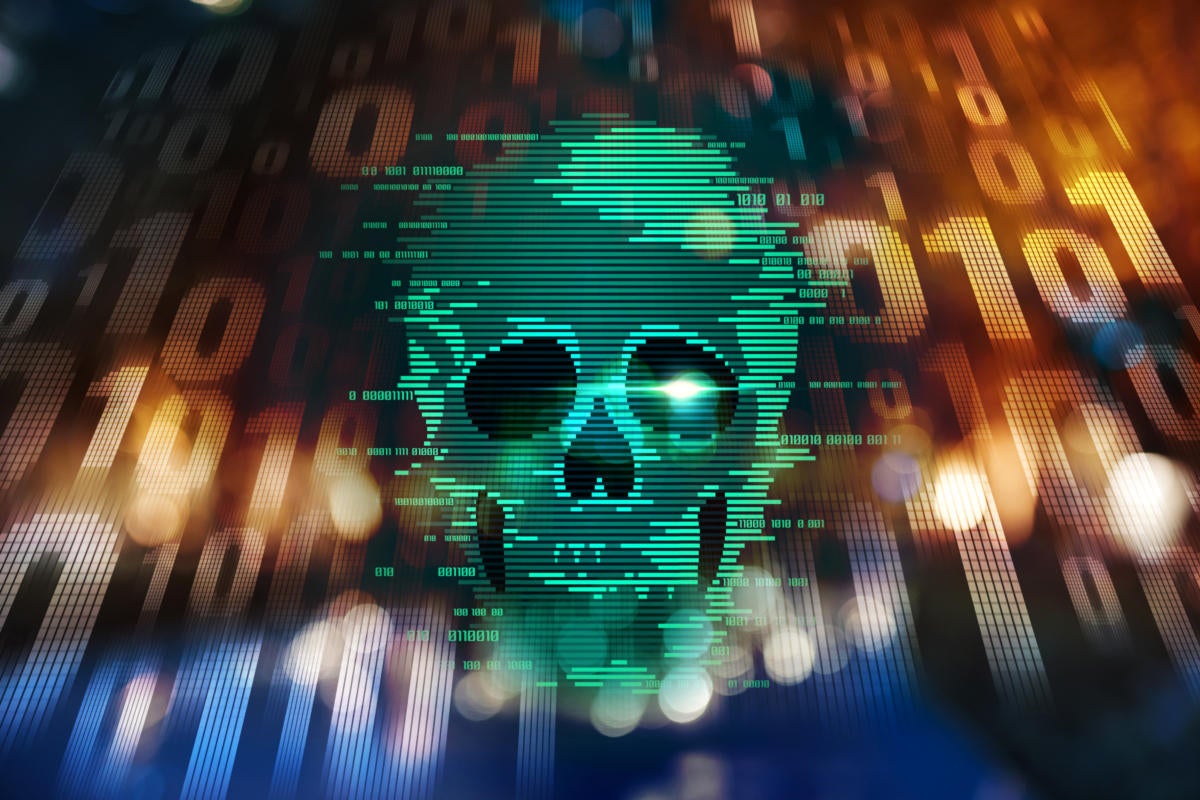
Cybersecurity may seem like an overused term in the business world, but it deserves and demands that kind of attention. In recent years, both small and large businesses have suffered cyberattacks in various measures, and in many cases, such security breaches have been traced to malware. Malware is malicious software, which is designed to cause some form of digital harm. There are also different kinds of malware, each one intended to a specific task. Common examples of malware include trojan horse, adware, spyware, and ransomware. In this post, we are discussing malware in context of businesses.
Knowing different kinds of malware
Every malware is unique in its own ways. Trojan horse, for instance, presents itself as a legitimate software, only to infect systems and devices, or download other types of malware. Another serious malware is ransomware, where hackers encrypt some or all of data, and ask for a ransom, in return of a decryption key. In most cases, the money is paid in bitcoins. Spyware is intended to spy on user activities, while adware will show too many unwanted ads to the user, and clicking on one may download other malware. Viruses, worms, file-less malware, and malvertising are some of the other types.
What can be done to prevent malware attacks?
Businesses need to understand that cybersecurity is about collaborative effort. When employees and managers are handling your networked devices, servers, computers, IP cameras and other resources, they need to be trained on threats and how to counter such threats. One of the key aspects of malware prevention is employee training. Some basic steps that can be taken within the organization include –
- Keep an eye on phishing emails.
- Do not download any suspicious files, or attachments.
- Don’t click on unwanted popups and ads.
- Ensure that all firmware, software, and operating systems are updated regularly.
- Remove all unwanted software, such as old legacy software.
- Install anti-malware and anti-spyware software.
- Place networked devices behind firewalls
- Check security of Wi-Fi networks.
- Always use strong and long passwords.
- Ask employees to use a password manager.
Malware attacks can be prevented, as long as everyone puts in a collaborative effort. Just keeping a watch on emails, websites, and scanning networks and devices on a regular basis can help in thawing attacks caused by malware. Check online to find the best software for malware prevention and detection, and if required, engage cybersecurity experts to train your people and employees.
